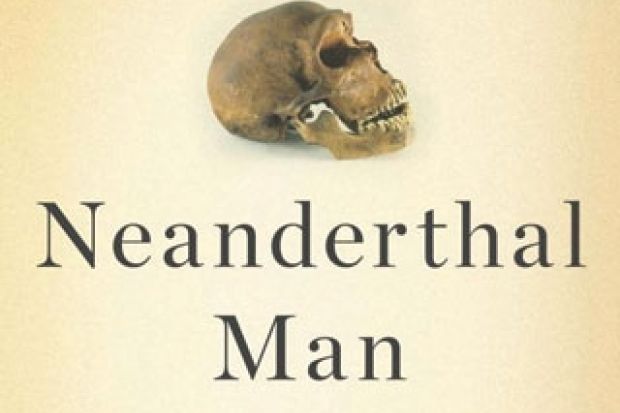DNA: three letters that belie the bewildering complexity of life on Earth. From black and white photos of James Watson and Francis Crick through to The Jeremy Kyle Show’s paternity tests, the double helix has permeated all corners of the human mind. In the field of biology, the analysis of DNA has revolutionised our understanding of almost every aspect of life: human, animal, plant or microbe. One of the biggest impacts has been on our understanding of human evolution. Nearly 30 years ago, the study of human evolution was rocked by a seminal genetics paper that gave the world the concept of “mitochondrial Eve” (the hypothetical African woman from whom we all trace our ancestry). Since then, DNA has continued to muscle aside the traditional areas of anatomy and archaeology.
Biologist Svante Pääbo sets out to describe the work of his team on the production of a complete Neanderthal genome, and to place this achievement in the wider context of human evolution. It begins with an exploration of Pääbo’s PhD work with ancient DNA recovered from Egyptian mummies and his work under Allan Wilson, one of the “mitochondrial Eve” pioneers. It is here that we find one of the little gems that make the book sparkle: Wilson writes to Pääbo and mistakenly calls him “Professor”, much to his delight (I’m sure all of us who were once lowly PhD students can remember such things secretly thrilling us). It’s a very refreshing and human admission, one of many such touches throughout the book.
However, this book would not have been written had Pääbo not been responsible for the groundbreaking Neanderthal Genome Project. It’s worth pausing to reflect on how big a deal this was. In 2006, his team at the Max Planck Institute revolutionised the study of evolution when they published their reconstruction of the first genome recovered from an extinct human species. We all knew of this important project, but not until it hit the journals did the full implication of Pääbo’s accomplishment sink in. The bulk of the book deals with this journey, and it’s a real page-turner. It lays out the whole scientific process, complete with mistakes and dead ends as well as the ultimate success. As a lesson in how to “do” science and the need for scientists to be given space to dream, think and make mistakes, it is peerless. Pääbo’s highly personal account is a chatty, funny, autobiographical book, but it is always authoritative. It pulls off the trick of appealing to everyone and disappointing no one.
Part memoir, part popular science book, Neanderthal Man is a cracking read. It is especially impressive that Pääbo is not, for instance, a journalist or a bit-part player in the process: he is the main man in one of the most important developments in human evolution in the past 50 years. It’s rare to be able to read a first-hand account of science in action by the key player. (The fact that it’s also a really good book makes it seem even more improbable.) Rare? Well, yes, it’s about as likely as finding Neanderthal DNA in the first place.
Neanderthal Man: In Search of Lost Genomes
By Svante Pääbo
Basic Books, 288pp, £18.99
ISBN 9780465020836
Published February 2014
Register to continue
Why register?
- Registration is free and only takes a moment
- Once registered, you can read 3 articles a month
- Sign up for our newsletter
Subscribe
Or subscribe for unlimited access to:
- Unlimited access to news, views, insights & reviews
- Digital editions
- Digital access to THE’s university and college rankings analysis
Already registered or a current subscriber? Login





